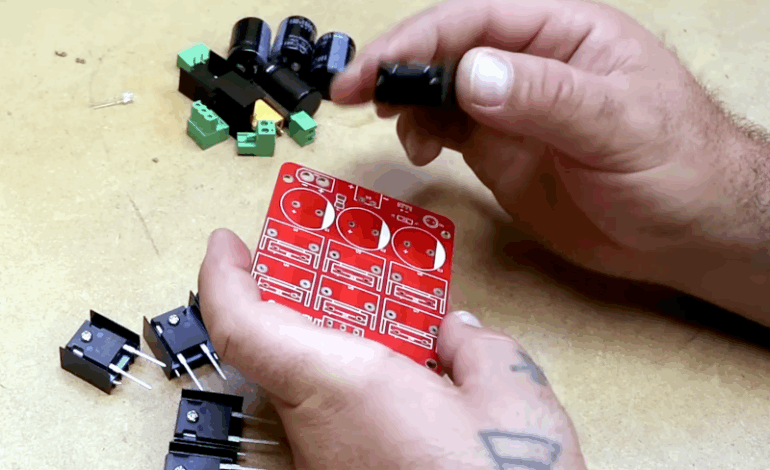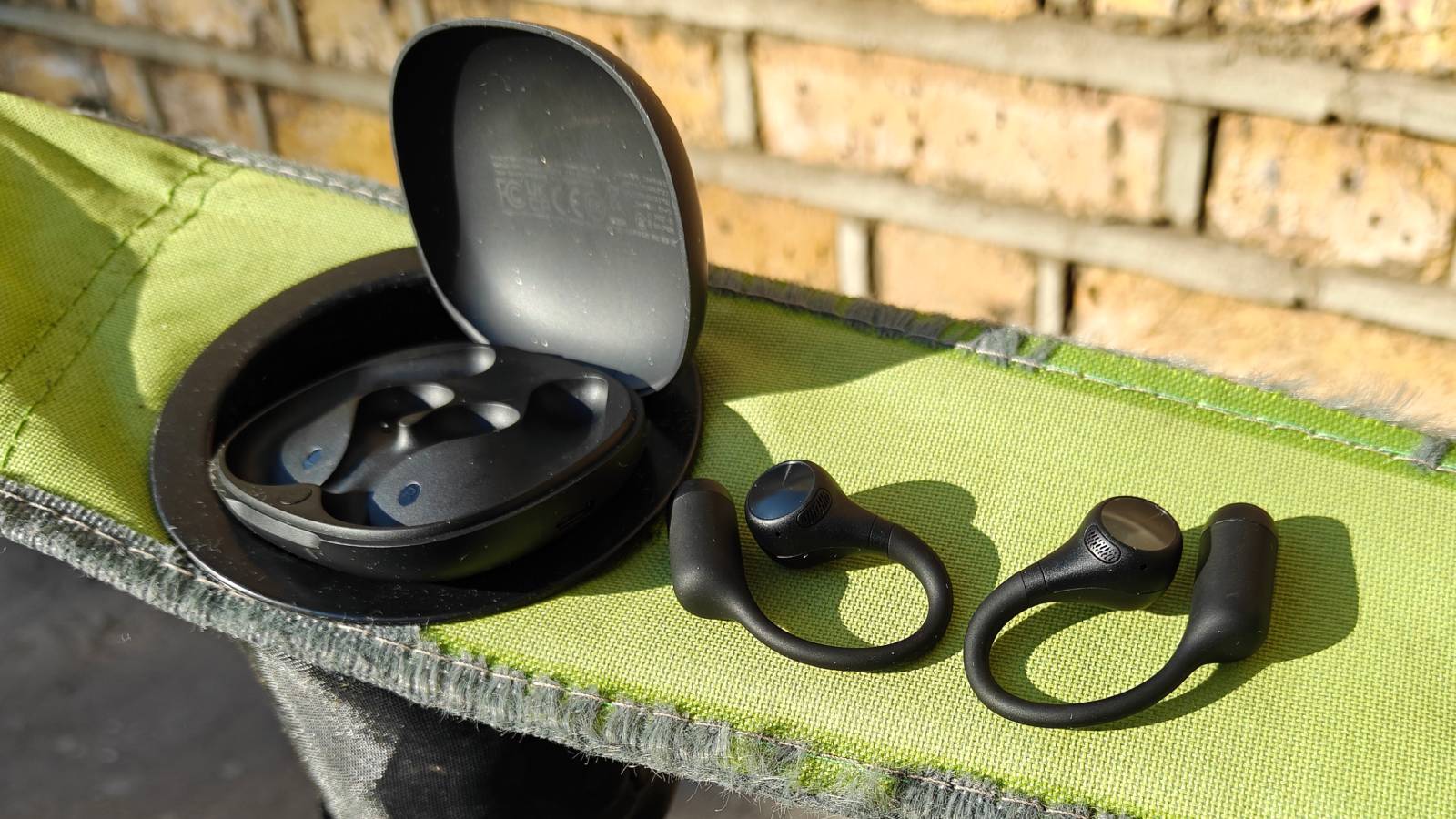DIY Wind Turbine Utilizes Innovative 3-Phase Rectifier Technology

In a recent project, hobbyist and engineer Electronoobs is developing a DIY wind turbine that incorporates an innovative electronic component: the three-phase rectifier. This component plays a crucial role in optimizing the performance of the brushless motors used in the turbine, which differ significantly from traditional motors in their power generation capabilities.
The primary challenge with brushless motors is their design, which features three windings that produce outputs that are 120 degrees out of phase. This unique configuration means they cannot simply be connected together without a specialized device to manage their outputs effectively. The three-phase rectifier serves this purpose by efficiently merging the outputs to produce a low-ripple direct current (DC) voltage.
Understanding the Rectifier Design
The design of this rectifier resembles that of a full-wave bridge rectifier, but with a notable difference: it has three legs, each equipped with diodes. This configuration is essential for handling the significant power output from the brushless motors. The rectifier’s components are robust, featuring substantial devices alongside heat sinks to dissipate generated heat effectively.
While the current design is functional, it is worth noting that a synchronous rectifier could enhance efficiency further. However, the complexity of such a design may not be ideal for all builders. Nevertheless, the expectation is that the current board will meet the performance requirements for the wind turbine project.
Future Prospects and DIY Opportunities
As the project progresses, enthusiasts are eager to see how the wind turbine will come together. For those interested in replicating this project, Electronoobs suggests starting with a smaller-scale model to understand the intricacies involved. The modular design allows for adjustments, enabling builders to strip down the turbine to suit their experience level and available resources.
This innovative approach to renewable energy through DIY projects not only promotes sustainable practices but also invites a broader community of makers to engage with technology in a hands-on manner. As interest in renewable energy solutions continues to grow, projects like these highlight the intersection of creativity and engineering in the pursuit of sustainable solutions.






